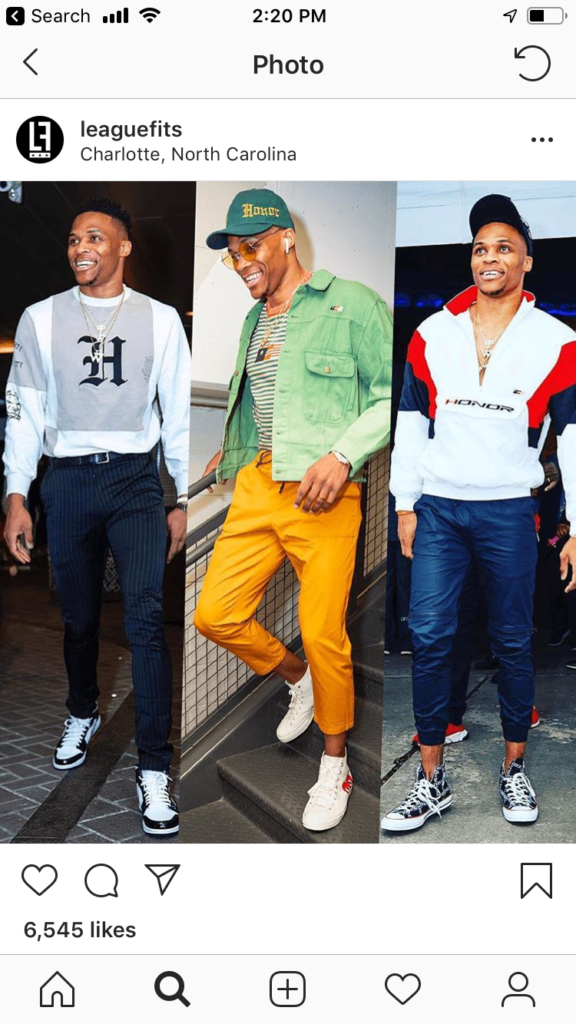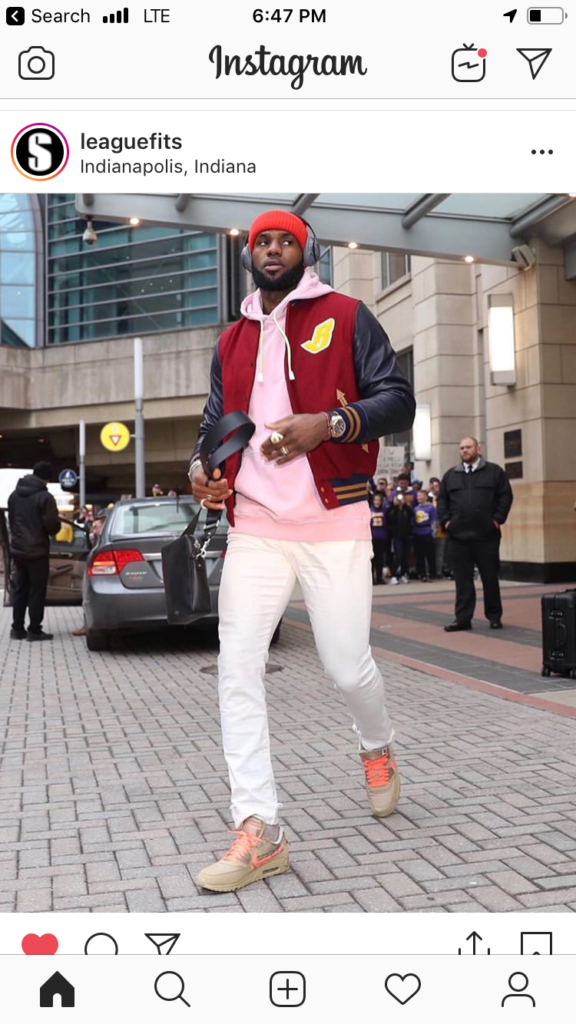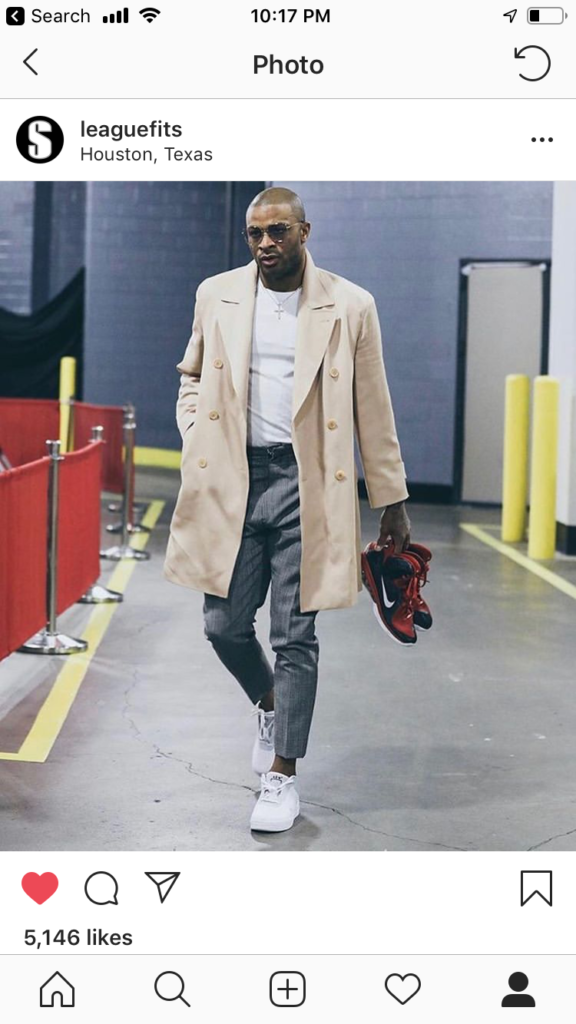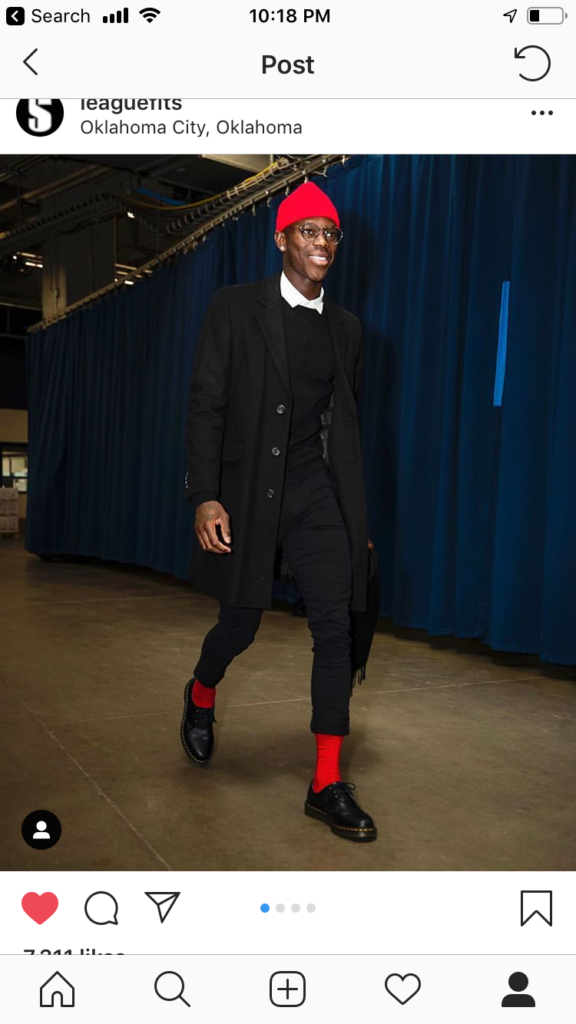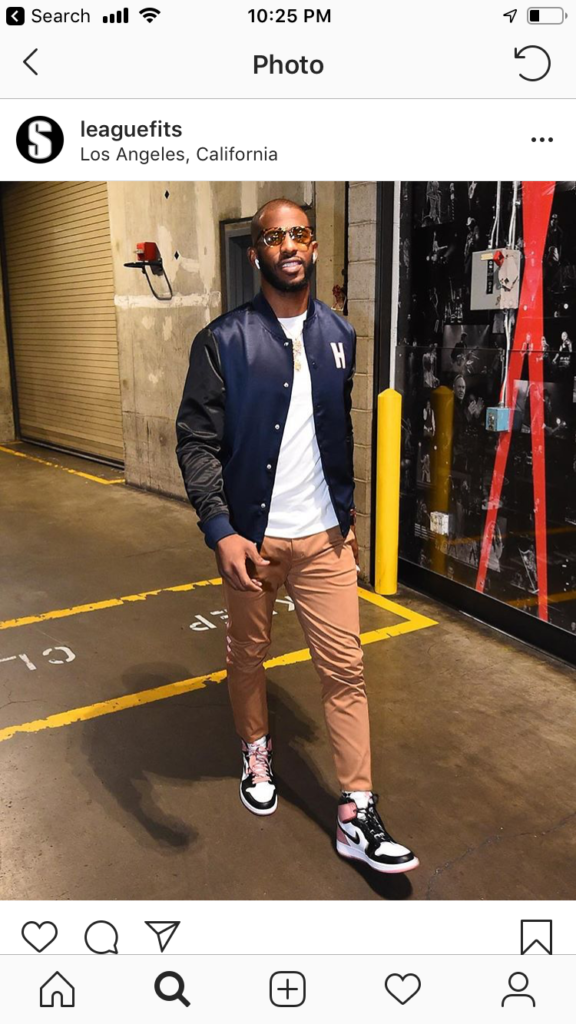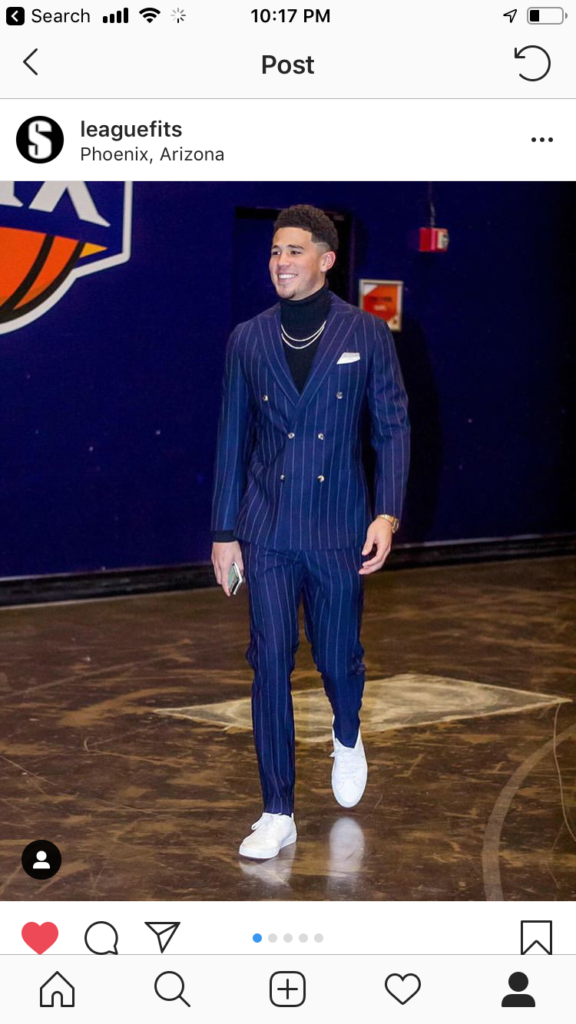I don’t put ‘crypto-enthusiast’ in my Twitter bio b/c it sounds cringe, but I’ve been doing a TON of crypto reading lately. My investor side thinks Bitcoin is interesting as a store of value and my tech side thinks Ethereum is fascinating as a building block for the next generation of the web – Web3.
My ‘participation’ in crypto to this point has been buying some ETH on Coinbase a couple years ago and now opening up the app everyday for fun. But a few months back I started to see a lot of folks on Twitter with .eth domains so I obviously had to get my own. And no one wants to have to append a ‘1’ to their username on a new service so that was another reason to get on it (tho my name is pretty unique).
Things move so fast that this piece feels dated as crypto-twitter has moved (back) onto NFTs and all I see are ape and punk avatars on my TL. Anyway, I learned a lot about crypto in the process of getting samgirotra.eth so I decided to document my experience here.
ENS – Ethereum Name Service
To get an .eth address you’ll need to use the ethereum name service (ENS). ENS is an open-source protocol that was spun off from the Ethereum Foundation. Similar to how domain name system (DNS) translates URLs like samgirotra.com into IP addresses so your computer can display this website, ENS translates samgirotra.eth into the ethereum/crypto addresses of your wallet (more on this later).
Use Cases
Ok – so what does this mean? What can you do with an .eth address?
For now, as far as I can tell, this allows you to receive a variety of cryptocurrencies at this single address. This is a big deal! Each cryptocurrency has its own wallet address that’s super long and not easy to remember. If you open up Coinbase, you’ll see that the address to receive Bitcoin is different from the address to receive Etherum and so on. Also, if you send crypto to a wrong address by mistake there’s no way to get it back! ENS lets you receive crypto from a single address in a much easier to remember way – with your ENS domain.
What’s In Your Wallet?
This is where the n00b part of this post comes in. ENS is an app that runs on Ethereum – a decentralized app (dApp) – and to use dApps you need a crypto wallet. I have a Coinbase account with crypto – will that work? No.
So Coinbase is a centralized exchange where one can purchase and sell crypto, but without a wallet you can’t interact with the cypto ecosystem. In my case, ENS. A wallet contains your private keys, which are the thing that represents your ownership of crypto. This is actually a feature of crypto – it’s peer to peer. So when you want to access a dApp, you do so directly and not through an intermediary.
There are lots of options for wallets, but I went with something that sounded familiar – Coinbase Wallet. You connect your source of crypto funds – in my case Coinbase – with your crypto wallet and voilà! You’re ready to start doing crypto things.
A weird thing about Coinbase Wallet is that it’s unclear how/if it’s associated with Coinbase. I’m 99.9% sure it is affiliated because the Coinbase site offers a pretty good FAQ on the differences between Coinbase and Coinbase Wallet. The thing that tripped up was that the ‘Developer’ field listed for the Coinbase Wallet app is ‘Toshi’ and not ‘Coinbase, Inc’ like the Coinbase app. Whatever, this was all for fun so I proceeded.
Registering and Paying Gas Fees
Ok now you’re ready to register your ENS name. Samgirotra.eth was available so I purchased a 3-year registration for $5 in ETH per year before gas fees. 5+ character names go for $5/year, while 4 character names go for $160/year and 3 character names for $640/year. Sam.eth is sick, but I was too cheap to pay for it.
Gas fees are paid to the cypto miners for actually creating a block of transactions added to the Ethereum blockchain. Everything is public and verifiable in crypto and it all lives in the block. I paid $5.54 in gas fees for my transaction on top of the $15 registration fee.
ENS allows you to add data beyond just your ETH address so I added my email and twitter handle for good measure. All transactions added to the Ethereum blockachain require validation and a gas fee is paid to a miner for execution. This cost another $2.22 in ETH and was a good reminder on how transacting in crypto requires actual work and thus money.
What’s Next
This whole process was fun. I’d read a lot about wallets and gas fees, but setting up samgirotra.eth provided me practical experience and the tools to do more with crypto. I still find crypto-twitter hella annoying sometimes, but it sure feels like something real is gonna come out of all this. I really like the ‘always be learning’ sentiment of this tweet (tho it’s a bit alarmist) and that’s my main reason for wanting to go deeper on crypto and Web3:
Not entirely sure what I’ll do next tho – maybe I’ll put some crypto in a decentralized exchange like Uniswap or buy an NFT on Opensea. And maybe then I’ll update my Twitter bio.
*I’ve read a lot of great essays that have taught me a ton and got me excited about the space. I’m sharing some here:
- DeFriday by Nat Eliason – focused on decentralized finance, every post is great
- Not Boring by Packy – the posts on Ethereum, Axie Infinity and NFTs as status are all terrific
- VirtualElena on making the transition from traditional finance to decentralized finance
